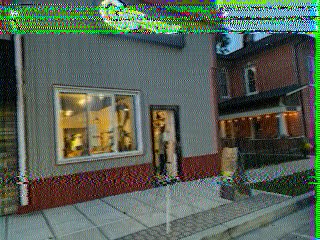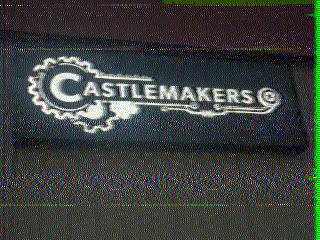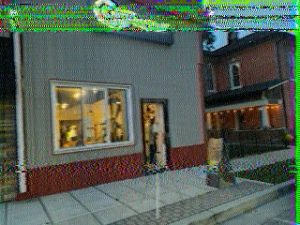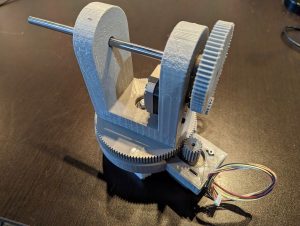The first amateur radio satellite goes back to OSCAR 1 ( Orbiting Satellite Carrying Amateur Radio) in 1961, just 4 years after Sputnik 1. Since then 30 countries have launched amateur radio satellites and AMSAT has designated the latest Hungarian satellite OSCAR 110. Their resource for current operating amateur satellites is on this webpage.
NASA has had a long history of supporting amateur radio, there was even a handheld radio used on Space Shuttle Columbia in 11/1983 on STS-9. So it’s not surprising that a 15 nation consortium formed the Amateur Radio on the International Space Station (ARISS) in 1996.
There are also a number of non-amateur radio satellites, many of these are not easy or ‘open’ as the ARISS and amateur satellites to pickup or listen to.
How can I listen in to the ISS?
Perhaps the easiest of the non-stationary orbiting objects to hear is the ISS when it passes overhead. It is very popular with amateur radio operators because you can occasionally hear an astronaut talking to someone on earth! This is a pretty rare however, although I just listened in 1/30/23 to astronaut Dr. Josh Cassada (KI5CRH) talking to a class in Norwich, Connecticut as it passed over Greencastle.
Most of the ISS voice & data traffic is from earth that is repeated back down, which significantly extends the transmissions and reception using these frequencies. Dedicated equipment is not needed to listen in to the ISS, a handheld police scanner or base unit can do the job.
Here’s some key frequencies to listen in:
145.800 MHz – Voice traffic, this is also the downlink frequency for ARISS classroom contacts. It can also used for SSTV transmissions. Note: the current status here.
145.825 MHz – Data traffic for APRS transmissions. If you can decode it, usually with a PC or Raspberry Pi, the short transmission time makes it easier to verify the contact and usually includes a GPS location for the contact.
437.800 MHz – This is the current downlink frequency that amateur radio operators are using. Listen in to hear efficient communications & contact confirmations, they don’t have much time per pass to talk with other operators!
You can check the current ISS location here; there are also a number of websites, programs and apps that give you more detailed information and predictions of when it will be over your location. It’s also not a bad idea to check on the current status of the ISS onboard radios, which you can do here. The do turn them off during extravehicular activity (EVAs).
There is also a Slow Scan TV (SSTV) radio on the ISS, but it is currently stowed away. We were receiving it last year and special events are sometimes scheduled during the year. We’ve also added a quick reference to SSTV on our website.
Amateur Radio Satellites
While there’s a lot more variation in the amateur radio satellites, most transmit on similar frequencies to the ISS. AMSAT provides a webpage that shows current status of the satellites as reported by others, but it can be a bit overwhelming. But it’s a great place to help make sure the satellites are still operating and some recent report receptions. N2YO also keeps a pretty impressive website that tracks the satellites and allows you to track them at your location also.
Although there’s lots of commercial satellites you can hear, only a few anymore you can still receive and decode the data. One popular series is the NOAA weather satellites – you can view and receive the images directly!
Last updated on 7/14/25.











